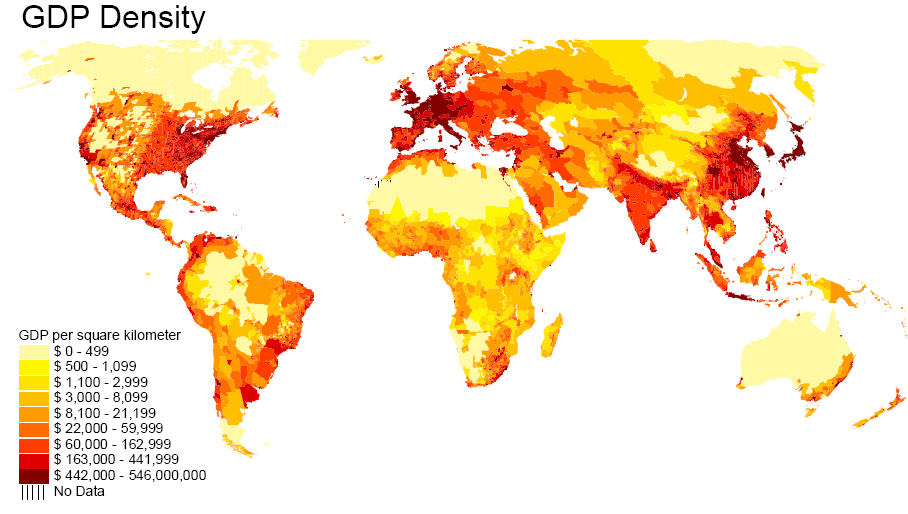One Ocean, One Index – a 'Composite Essay' on Opportunities and Limits.
The
ocean-health index is a challenging attempt, namely to describe a set
of assets through a single index. Setting up the index and reviewing it teaches lessons on the
human-ecological intersections of the human-ocean system, including
the issue of appropriate mathematical methods "how to calculate its
scores".
My first insight:
Setting
up an ocean-health index [1] was an a lasting contribution to the
management of the human-ocean system. An ocean-health index can be a
tool for comparison of national and regional policies, benchmarking,
and qualification of development options. That is much needed to
manage global commons like the ocean.
Implications
of the (simple) mathematics to calculate the score of ocean-health
index have been analysed [2] and suggests that the mathematical
method chosen for calculating the score is causing bias of the index.
The method, “weighted arithmetic average”, makes the score
insensitive to less appropriate balances between low-performance
assets and better-performing assets. The feature “unconstrained
mutual substitution between assets” that is implicit to the
averaging method to obtain the score of the index limits its
usefulness [2]:
"policy assessment and advice based on an index with
unconstrained substitution possibilities could result in (a)
certifying a healthy human-ocean system for countries that in reality
neglect important aspects of ocean health and (b) identifying
development trajectories as sustainable although this is not the
case."
My second insight:
Constrained
mutual substitution of assets should improve the assessment of the
various oceanic features that are relevant for societal wealth and
human development. Evidently, the substitution of different assets is
a societal endeavour. It requires knowledge, social choices and norms
and particular the latter may evolve and vary among societies.
Substitution
possibilities should be constrained by the boundaries to the
elasticity of the ocean system. If we do not know this ‘elasticity’
then “strong sustainability concept”
or even the “precautionary principle” should be applied.
Substitution possibilities should provide for a margin for management
decisions
- not everything goes, not all is forbidden –
to render the ocean-health index a practical tool with operational
value.
My third insight:
For
better or for worse, a common and robust ocean-health index is a
welcomed management tool, and should be part of any mature ‘blue
economy strategy’. Thus, it is important to strengthen the index in
a manner that enables its sound use in practice. Thus, furthering the
analysis is needed, be it of suitable asset substitution or how to
describe the substitution process in mathematical terms, to properly
evaluate benefits, risks and development options of the ocean-human
system.
In
the absence of such an index, the alternative would be to manage all
assets one-by-one using the "strong sustainability concept"
or even the "precautionary principle". Such a choice has
the intrinsic risk of a political process to retain only those assets
that the strongest lobby considers to be most relevant. Such a
situation certainly will be detrimental for the overall balance
among assets, to the comparison of national and regional policies,
benchmarking, and qualification of development options.
Thus,
one composite index has a strong appeal. However, attention should be
given to the averaging procedure, which, if too complex or perceived
as too complex, would hamper application. To recall, the
attractiveness of estimating the ocean-health index by a weighted
arithmetic average is the simplicity of the mathematical procedure.
An afterthought:
Possibly a two tiers approach may provide a useful compromise for now. Tentatively, such a compromise could be: (i) apply the "strong sustainability concept" to divide the entire set of assets in two sub-sets; one sub-set for the assets that match the respective threshold and the other sub-set for the assets that fail the respective threshold. (ii) calculate the score of the ocean-health index for both sub-sets and the entire set, and (iii) present the score for the full set with the scores for the sub-indexes as lower and upper bounds.[1], [2] for references see "One Ocean, One Index – a 'Composite Essay' on Opportunities and Limits"







